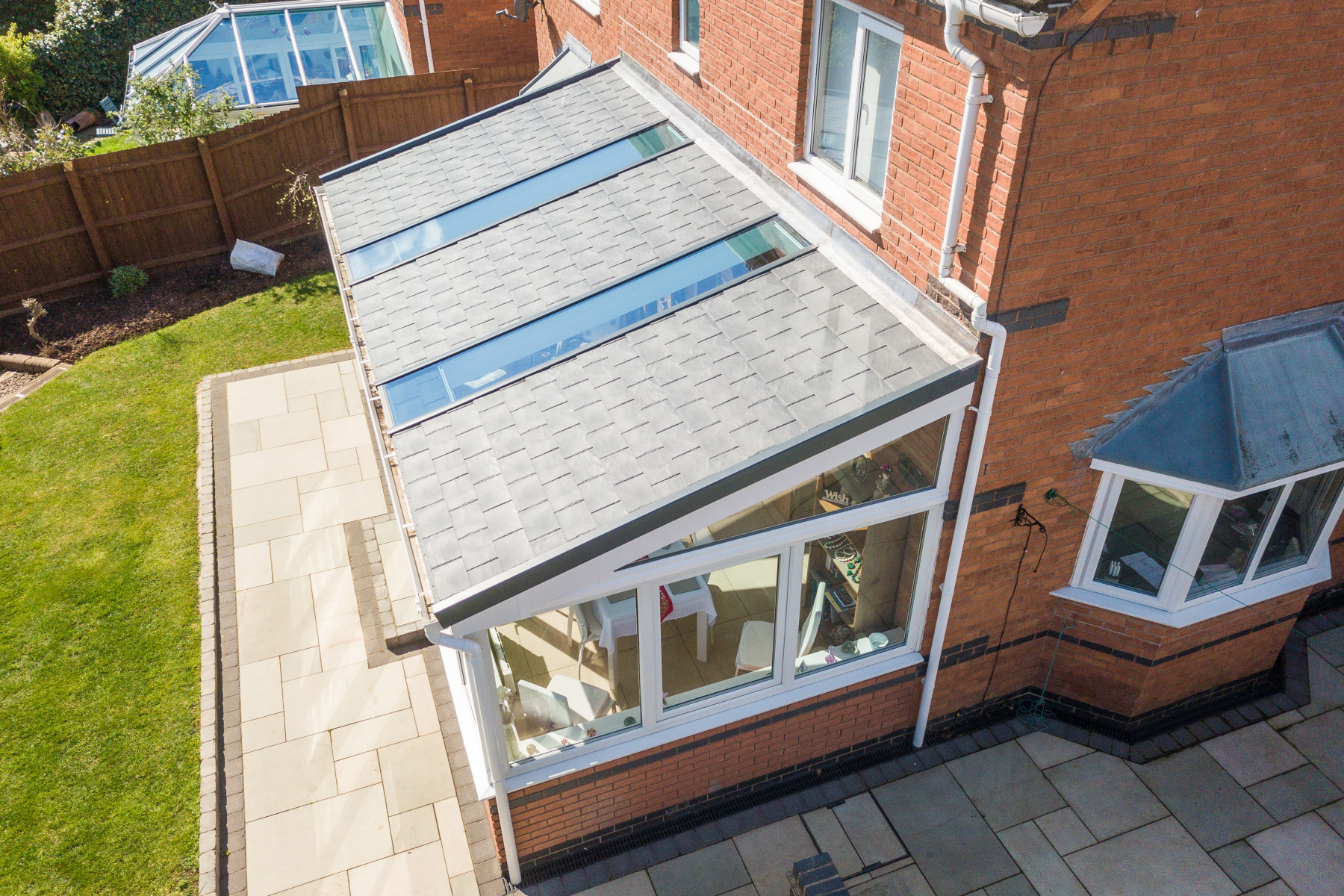Roof Replacement Campbelltown are important for figuring out potential issues and ensuring the longevity of your roof. Regular inspections can help detect problems early, stopping costly repairs or replacements down the line. Here are some widespread methods and steps for conducting a roof inspection:
Visual Inspection:
a. Exterior Inspection:
Start by inspecting the roof from the ground using binoculars or by safely climbing onto a ladder to get a better look.
Look for seen indicators of harm, such as missing or broken shingles, curling or buckling shingles, or loose or deteriorated flashing round roof penetrations.
Check for particles, moss, algae, or lichen growth on the roof, which may indicate moisture-related points.
Inspect the gutters and downspouts for granules from shingles, as excessive granule loss can signal shingle put on.
b. Interior Inspection:
Go into the attic or crawl space and inspect the underside of the roof deck for signs of leaks, moisture, or water stains.
Look for daylight coming through cracks or holes within the roof deck, which may indicate roof damage.
Check for signs of insulation harm, mildew, or mildew growth, which may result from roof leaks.
Roof Walk:
a. If it is protected to do so, walk on the roof floor to examine it up close.
b. Be cautious and wear acceptable security gear, corresponding to non-slip shoes and a security harness if wanted.
c. Look for any soft or spongy areas, which might point out underlying damage.
d. Check for unfastened or broken roofing materials, as properly as signs of put on and tear and tear.
Moisture Detection:
a. Use a moisture meter to detect hidden moisture within the roof structure and insulation.
b. Moisture detection can help establish leaks or areas of potential water intrusion that will not be seen.

Drone Inspection:
a. Drones geared up with cameras can present a comprehensive view of the roof surface without the necessity for direct bodily access.
b. A drone inspection may be especially useful for bigger or hard-to-reach roofs.
Professional Inspection:
a. Consider hiring an expert roofing contractor or inspector to conduct a thorough inspection.
b. Professionals have the expertise, instruments, and expertise to establish points that is most likely not apparent to a home-owner.
Documentation:
a. Document your findings with photographs and notes to create a report of the roof's condition.
b. This documentation may be helpful for tracking changes over time and for insurance claims or repairs.
It's important to carry out roof inspections frequently, ideally a minimum of every year, and after extreme climate events like storms. Additionally, should you're not comfortable or confident in your ability to perform a roof inspection safely, it is advisable to hire a certified roofing skilled to make sure a thorough and accurate assessment of your roof's condition..
